Travel
Maldives Heavenly Islands
Heaven on earth

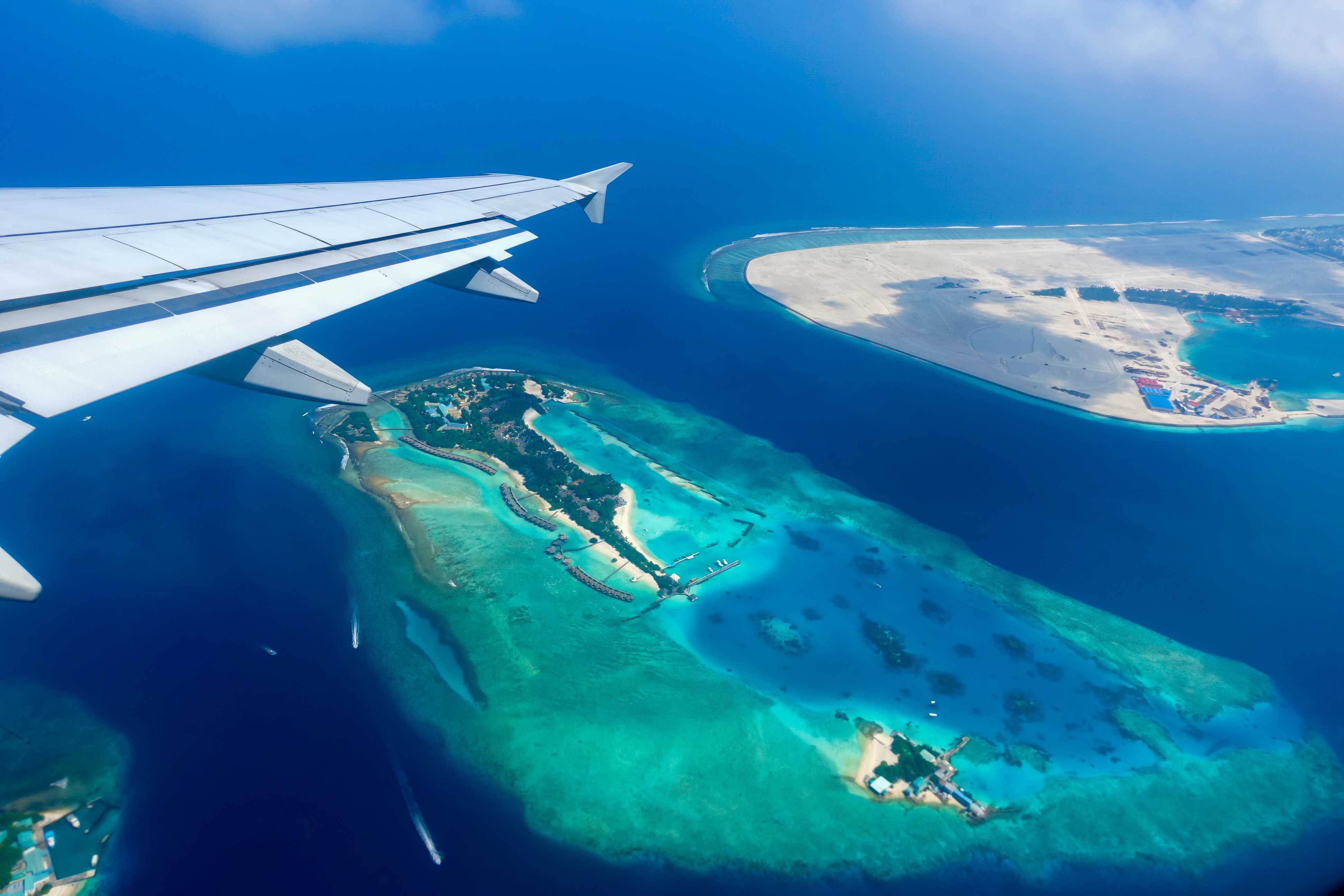
Seen from the sky as the plane starts to lower its altitude, the long and narrow chain of natural atolls looks like an abstract painting of small cells floating on a canvas of deer blue. Patches of sparkling turquoise water contrast with the white stripes of beach sand along the borders of the small islands. A friend and I are landing in the Maldives, an island nation composed of some islands scattered in the middle of the Indian Ocean.
At the Ibrahim Nasir International Airport, At the Ibrahim Nasir International Airport, Lone is instantly hit by the atmosphere of tour packages and holiday brochures as groups of tourists wait to be picked up by tour operators, to be transferred by speedboat or seaplane to their dream island. For decades the archipelago has been an exclusive destination thriving on luxury tourism, the main source of income. The first resort was opened in 1972, and currently there are more than 100 private islands which have been developed as resorts, while some 200 are inhabited by Maldivians.
Transportation from the airport has been arranged by our guesthouse. We exchange some US dollars into Rufiyaa and are taken to Hulumale, a mere 15-minute drive connected to the airport and a popular stopover on the way to other islands. Hulumale is a rectangular mass of land built not far from Male island, the world’s smallest capital, and one of the most densely populated cities in the world.
The lack of development and infrastructure in the rural and remote islands have urged its residents to move to the capital in search of better education and job opportunities. Accommodating the newcomers has proved challenging and today roughly 130,000 residents live crammed in high-rise buildings on a tiny piece of land not even six square meters.
Maldives is a low lying country and the highest island lies no higher than 2.4m. The quick rising of water will eventually result in the drowning of the islands. The challenges are big and it is not surprising that the country is on the front line of climate change. A few islands have already been evacuated and imperative solutions are needed. The survival of the nation island is at stake.
While former president Nasheed announced a plan to buy land elsewhere to relocate the population, the strategies of the new government under President Abdulla Yameen, elected in 2013, have taken a different turn. His strategy focuses on renting out islands and using the money to reclaim and build new flood-resistant ones.
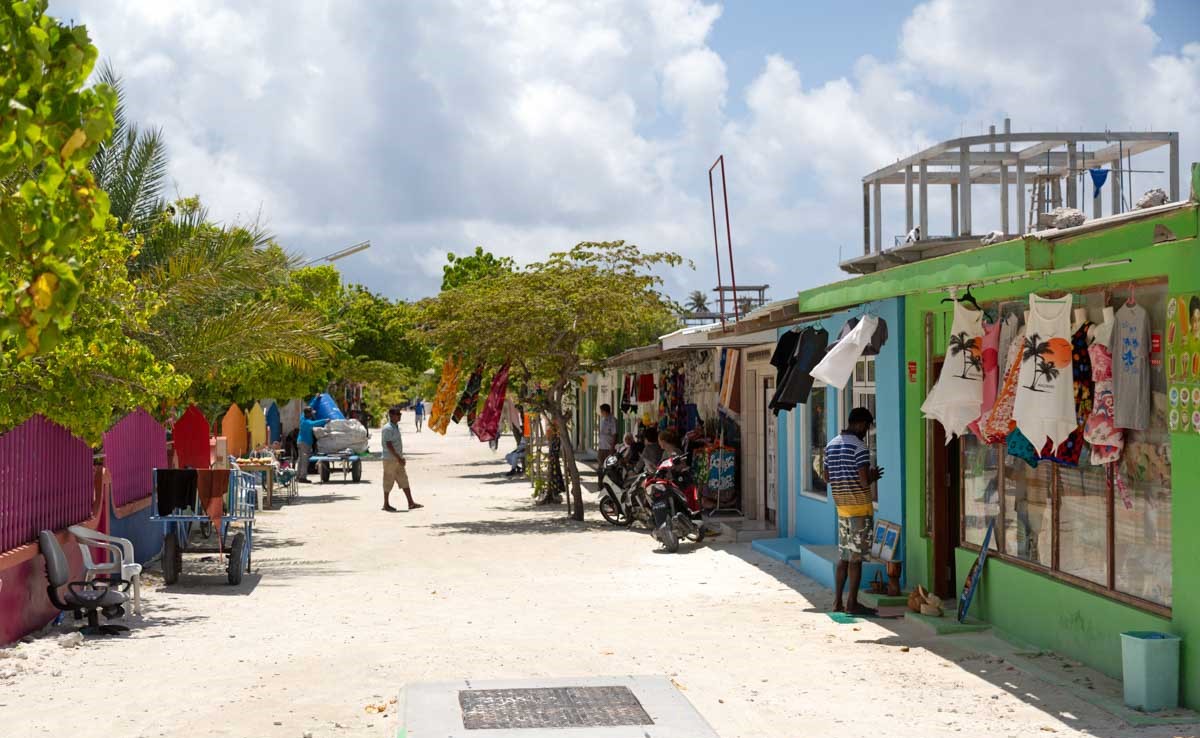
Hulumale–the City of Hope in Dhivehi language- is an island that has grown out of the sea. Its construction began in 1997 and it is the most ambitious geo-engineering project in Maldives. It now houses some 40,000 people with a target goal of 240,000 residents. Built with large avenues lined up with trees, Hulumale still looks like a construction site.
Our resort is only accessible by seaplane. The next day, we arrive at the terminal and are taken to the resort designated lounge where we can see the seaplanes take off and land. The ambiance and staff service in the lounge feels already like a prelude to our destination. We are served juice and sandwiches while we wait for the rest of the passengers.
It’s a 30-minute scenic flight before the overwater bungalows of Coco Palm Dulhi Kolhu Island in the form of a palm leaf come into view. We disembark onto a floating platform and we board a boat that takes us to shore where we are welcomed by the manager. The island sets its own unofficial time and runs one hour ahead of Male so that guests have more of a full day.
Here one feels miles away from the chaos and noise of the city. A sandy path runs across the island and the lush greenery is well-kept and manicured, to create an idyllic and secluded atmosphere. It is the end of December and the resort’s guests are mostly families and couples from Europe on Christmas and New Year’s vacation.
I start to grow curious about how such an impeccable and isolated set up operates behind the scenes. With the limited resources of the Maldives, I wonder how the resorts manage electricity and drinking water and how they dispose of waste; how do they respect and maintain the natural and fragile ecosystems with minimal disturbance? How can luxury be compatible with sustainability?
Not an easy task when the Maldives receives millions of tourists every year. With the introduction of a Green Tax in 2015, resorts have been encouraged to minimize and counteract the negative impacts of tourism. Coco Palm is listed as one of the most eco-friendliest resorts in the Maldives, with a focus on endangered turtles.
I find out that the island operates independently. Two low noise generators supply electricity and drinking water is produced and bottled on-property. An efficient sewage plant treats used water and biodegradable cleaning products are used to achieve this. Plastic bags and bottles are banned by using better alternatives. For example, toiletries are refilled into glass bottles and ceramic containers.
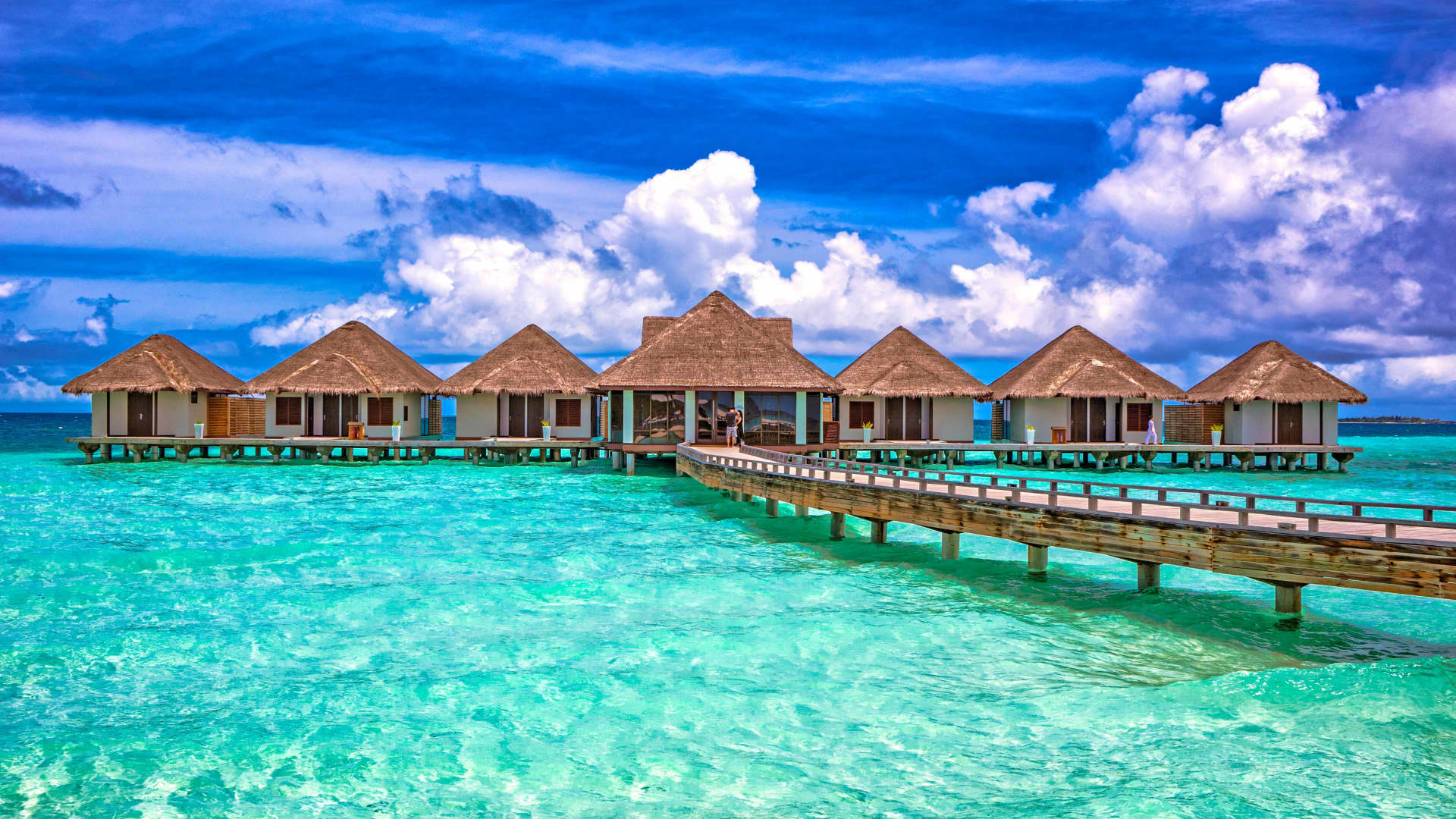
Maldives is a low-lying country and the highest island lies no higher than 2.4m. The quick rising of water will eventually result in the drowning of the islands. A few islands have already been evacuated and imperative solutions are needed. The survival of the nation island is at stake
Even though Maldives is a Muslim country and sharia law is applied, resorts are allowed to exist in a bubble and almost anything goes. Alcohol and pork products are consumed and swimwear and bikinis are accepted. Actually, many tourists leave the Maldives with little or no idea of how life in a local island looks like.
In recent years, life has started to change. In 2009, the former president Nasheed broke the stronghold of luxury resorts owned by foreign companies. Tourists are now allowed to stay in local islands. Platforms like Airbnb and Couch surfing have gained popularity and there has been a massive increase in guest houses run by locals.

Gulhi Island is our next choice to spend the rest of our vacation. Easily accessible from Male, we catch the dhoni – local boat – at 3 pm. It is filled with local residents; the women wear the hijab and I count only five foreigners on board. It’s a 90-minute ride before we arrive in tiny and sleepy Gulhi. Our simple and budget guesthouse is within a short walk from the jetty.
We meet Cherry, a young and laid-back Chinese woman. She runs the guesthouse. Two years ago, after her first visit in Gulhi, she decided to start a hospitality business on the island and moved there to escape from a busy life in a crowded city in eastern China. She rented a house from a local family, did some renovation work and turned it into a guesthouse. To help her she hired a cook, Peter, also Chinese, and Rafa.
Rafa is an amicable young Bangladeshi in his early 20’s. He has been living and working in Gulhi for almost two years. When I ask him how he finds life in Gulhi, he frowns with a smile. “It is too quiet here. It can get really boring. I want to go back to Bangladesh. I miss my family.”
In less than half an hour, you have seen everything from one end to the other: local men building boats at the oldest shipyard; local women hanging on swings and selling their crafts or playing in the afternoon in the volleyball ground; children playing and running around; a few people hanging out in the couple of cafes and the few tourists getting a tan on the bikini beach tucked away and equipped with sun loungers and parasols.
Now it’s about time to step back and embrace the local rhythms dictated by this particular island environment before we leave. The Maldives is not only sea, sun, and sand. Beyond the resorts, there is a truly unique way of life and cultural mix to be discovered.
Travel
Revisiting Karachi’s Interesting Places
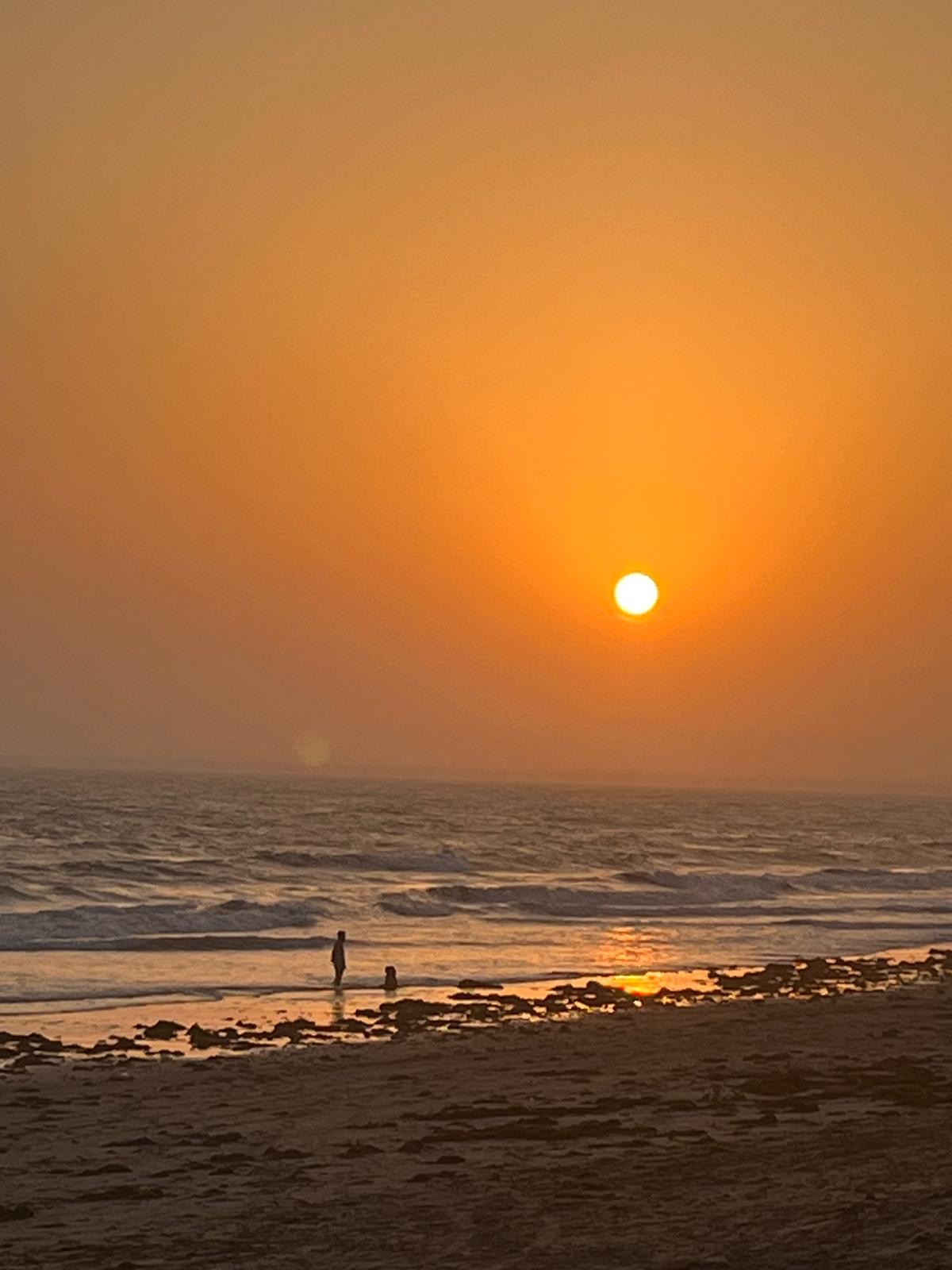
By Shanaz Ramzi
The class of ’75 from St Joseph’s Convent High School, held its 50th reunion recently. Our group of friends since school days were also present. While some of us live in Pakistan, many live abroad. Hence, planning the four-day reunion in Karachi was as much fun as the reunion itself, for the challenge was to pack the four days with sights and activities that even the Karachiites hadn’t seen or done in a long time.
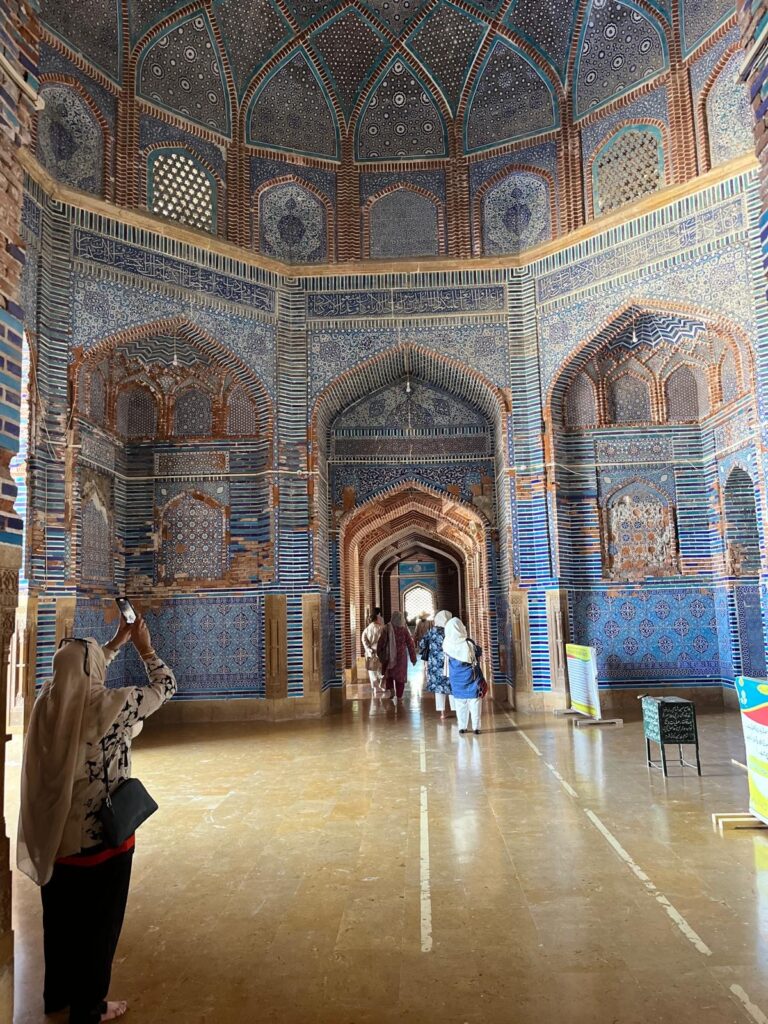

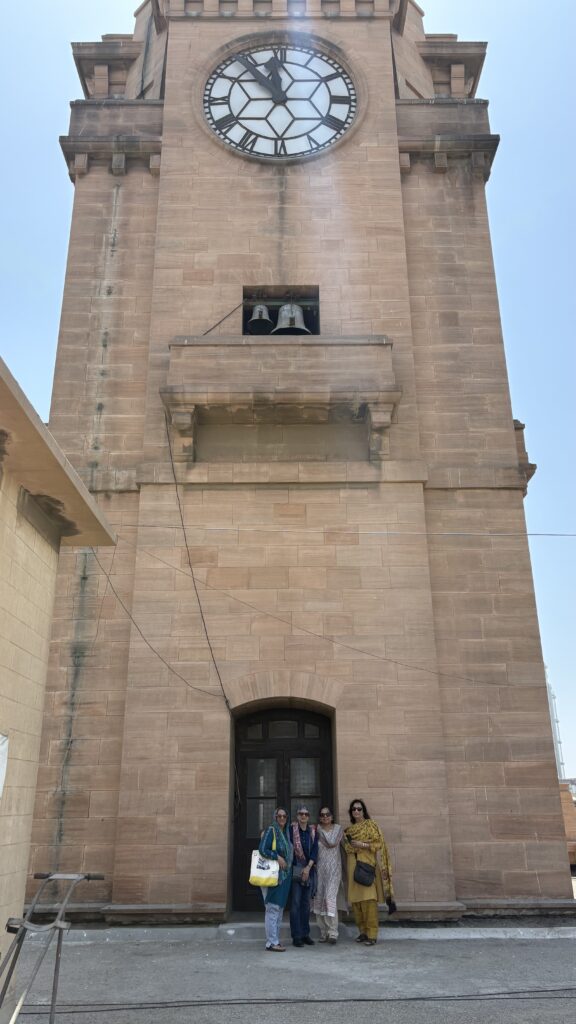
We began day one, a Friday, with a coaster trip to our alma mater. We had coordinated with the school headmistress, Sister Margarette, who happened to have taught us too. Without anyone knowing, we had also invited our few favourite teachers to join us. Our group was as thrilled to see them as they were to see us. We took a tour of the magnificent institution, which thankfully looked largely the same as when we were in school, As it is a heritage building, with a few additions of new blocks on the premises.
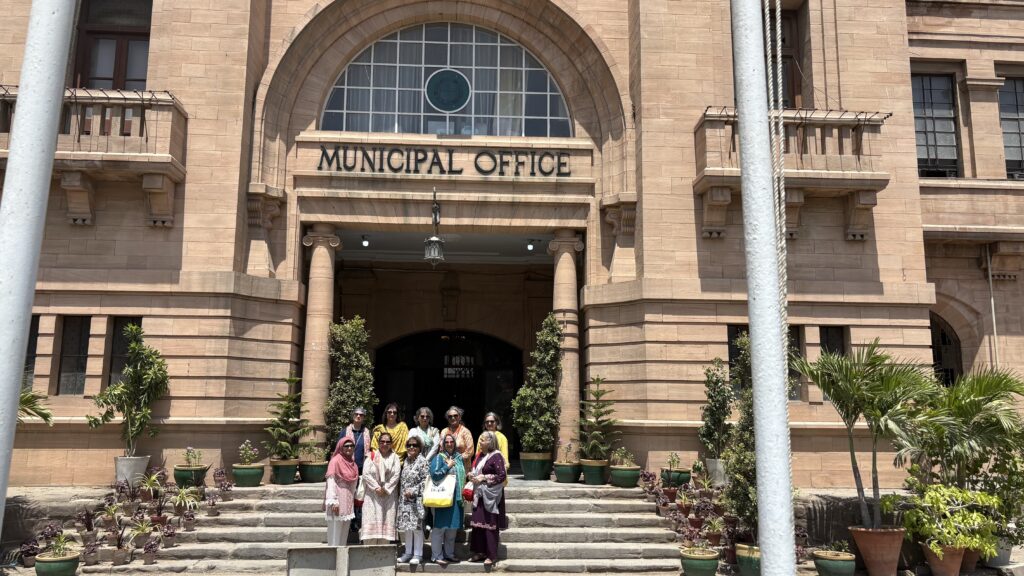
After leaving the school we made our way to LuckyOne Mall, to show off the largest mall in South Asia to our visitors. We were received by their marketing department and given a guided tour of the whole mall. After partaking of lunch at the Food Court we were taken to Onederland, their amusement centre where we were treated to complimentary rides of our choice. If visiting the school hadn’t transported us to our childhood, whizzing down slides, bumping dodgem cars, and shrieking on roller coaster rides surely did!
Our next stop was Bahria Town, where we cruised through the immaculately laid out roads, and made strategic ‘international’ stops in front of the Eiffel Tower, and the Crookedest Street in the World, for photographs. After tea and ice cream at Murree Hills, we left to freshen up and then partake of an early dinner at the popular Kolachi, Do Darya, restaurant.
The next morning we started early to have brunch at the new Café Imran on the national highway. It must be said here that the long drives we had undertaken from day one turned out to be as much fun as the destinations themselves, for we transformed into giggly teenagers who burst into laughter at the smallest pretext. Laughter is indeed the best medicine, and we all felt rejuvenated despite our action-packed trips.
After brunch we set off for the beautiful UNESCO World Heritage Site, the 17th century Shah Jahan Mosque, in Thatta. It was a blazingly hot day but once you stood within its corridors, the ventilation, brick structure, and amazing architecture of the mosque kept us cool and comfortable. Our next stop was Koonj Farm at Gharo, where we stopped for tea.
The third morning we set off for our city tour. Starting with Mohatta Palace, which surprisingly many were visiting for the first time, we followed it up with the well-maintained Flagstaff House, now known as Quaid e Azam House, where a knowledgeable guide informed the visitors about the history of the artifacts and the rooms on display.
Frere Hall was next, but unfortunately, was closed, being a Sunday. Considering that Sundays are more feasible for families to visit such historical sites, one hopes that the management will re-think their weekly holidays and keep the venue open over the weekend, like the other heritage sites. In fact, at Flagstaff House we were happy to note that there were other visitors also, especially foreigners, and I am sure they must have also wanted to visit Frere Hall.
We then made our way to the heart of the city, beginning with the iconic Empress Market, notoriously used for executions in the days of the British Raj, which became one of the most popular shopping sites for groceries over the years. Our next stop was Karachi Metropolitan Corporation, the erstwhile Karachi Municipal Corporation, which is also closed on Sundays, but thanks to connections, we had managed to get not only an entry into the historic building, but also a guided tour, right up to the rooftop.
Our next destination was a short distance away – the Denso Hall Rahguzar, a landscaped Walking Street, created by Heritage Foundation in 2021. In the middle of what was once a busy, dirty, over-crowded, land-grabbed lane, with shops spilling over with their wares, and motorcyclists and pushcarts jostling for space amidst pedestrians this oasis became a model street designed to mitigate the negative impact of densification and environmental degradation in Karachi’s historic core. A living testament to the adage ‘If there is a will there is a way,’ this street, paved with terracotta tiles hand-made by women who used to beg for a living, has four Miyawaki forests in the centre of the street, offering a cool respite to passersby and shoppers.
Our last stop for our city tour was TDF Ghar, a Dawood Foundation project that has converted what was initially an old residence of a Hindu family into a museum-cum-café, retaining many of the antique artifacts that belonged to the family, and adding interesting elements for the benefit of the visitors. We had brunch there and then left for Sandspit to enjoy the cool, nay cold, sea breeze blowing over the Arabian Sea, as we devoured a live scrumptious barbecue dinner, and shared stories from our past that can only be shared among old friends, no matter after how long you may be meeting them.
Our last day had been left for shopping as no girls’ trip or outing can be complete without splurging on at least some souvenirs and gifts. So, after breakfast at Khudee, which supports Down’s syndrome children by providing them internships, the morning was spent going around Bohri Bazaar and Zainab Market, and the afternoon at Dolmen Mall, Clifton. Dinner was at Creek Walk in Phase VIII where everyone had a great time trying out different gastronomical delights of their choice.
The last item on this hectic four-day itinerary was watching a movie, bringing back childhood memories of sleepovers, and culminating the reunion on a high, nostalgic and sad note that the four days had whizzed by so quickly. But it left us all determined to reschedule a reunion, in five years this time – as we can’t afford to wait another 50 anymore!
Travel
Exploring the Wonders of China
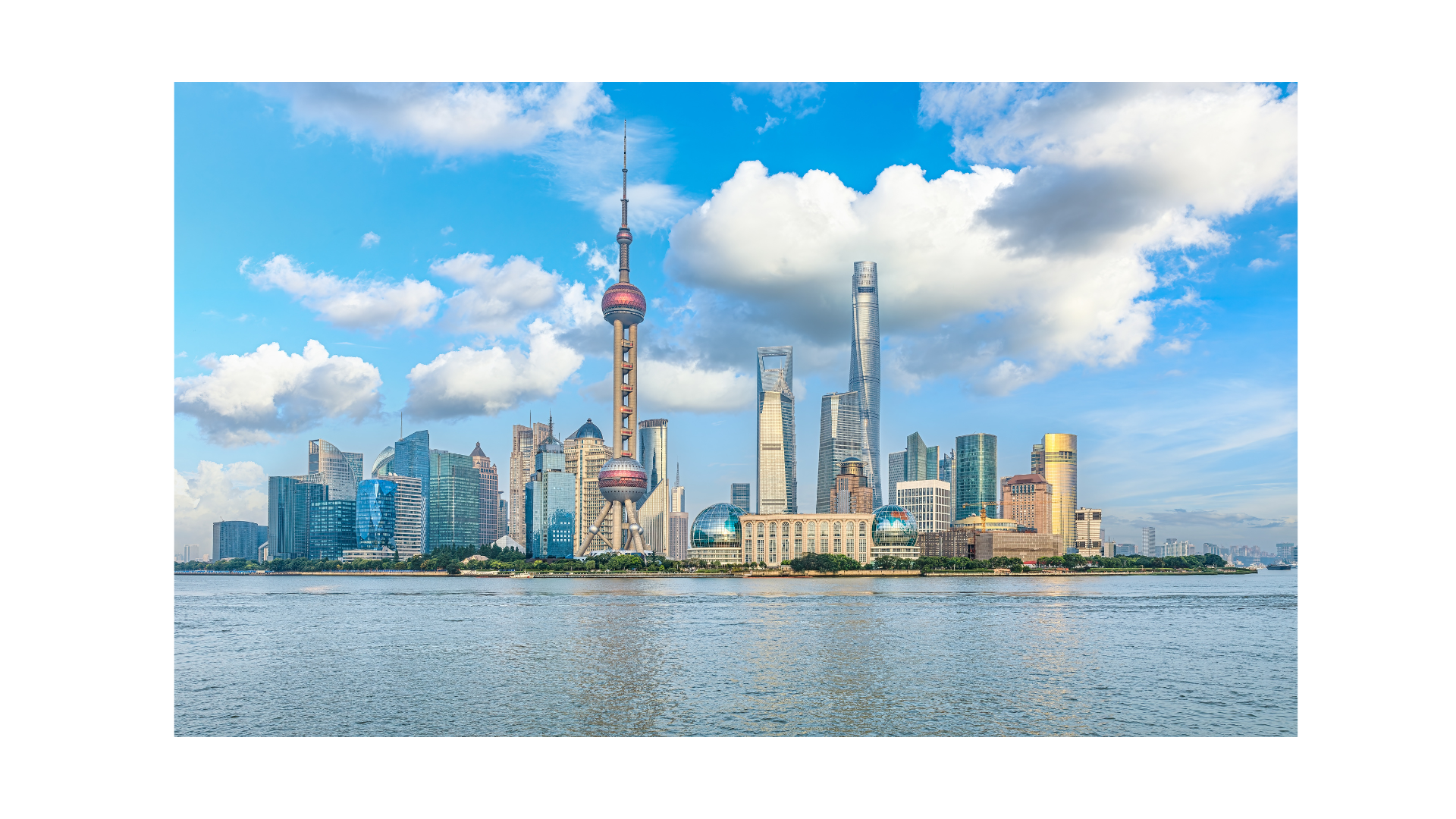
By Ariba Syed
China, a land where ancient history meets modern marvels, welcomed me with open arms. From the futuristic skyline of Shanghai to the timeless beauty of the Great Wall, every stop in the journey felt like stepping into a different world. The sights, the people, and the flavours of this incredible country made it a trip to remember.
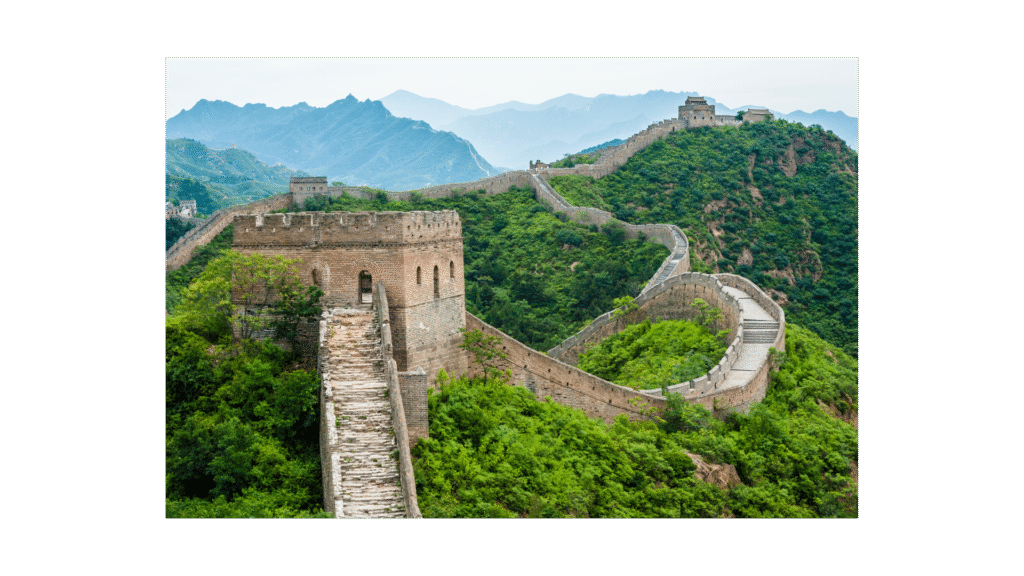
My adventure began in Beijing, a city where history whispers from every corner. Standing in the middle of the vast Tiananmen Square, one couldn’t help but feel humbled by its significance. A short walk away, the Forbidden City loomed before me—an imperial palace so grand that it felt Prince like stepping back in time. Wandering through its courtyards, I imagined the emperors, princes and concubines who once lived within its walls.
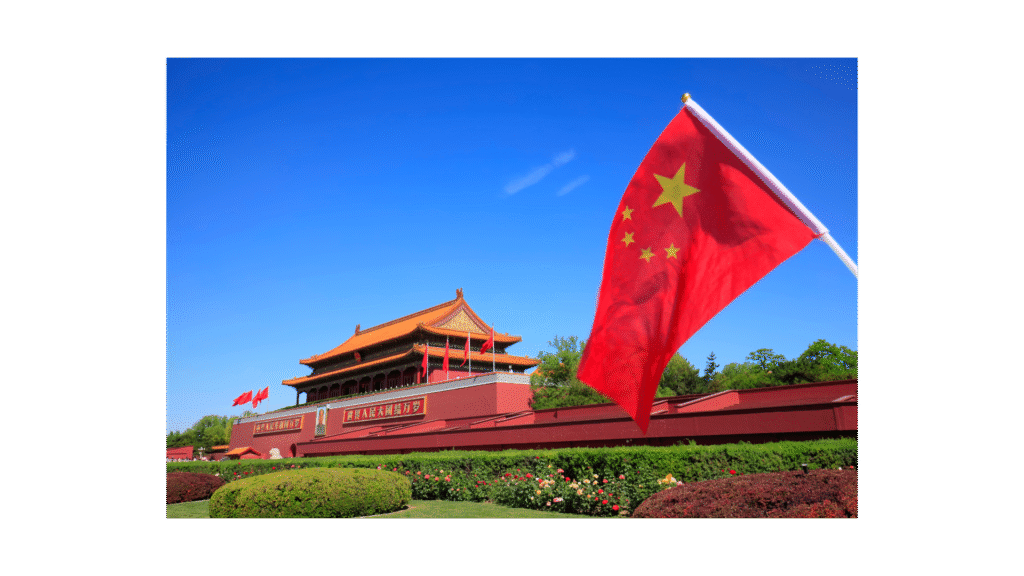
Of course, no trip to Beijing is complete without seeing the Great Wall. Choosing the Mutianyu section, which was both breathtaking and less crowded I climbed those steep stone steps and paused to take in the view-rolling green hills stretching as far as the eye could see. It was one of those moments that make you feel both small and connected to something much greater.
Next up was Shanghại a city of contrasts that perfectly blends the past and future. Walking along the Bund, I was struck by the different colonial-era buildings on one side and the sleek, modern skyscrapers on the other. Strolling through Yu Garden, a peaceful oasis in the middle of the city, delicate pavilions and koi-filled ponds made it easy to forget the hustle and bustle outside.
At night, I headed to the top of the Shanghai Tower and looking down at the sea of city lights felt like I was in a sci-fi movie. The energy of this place was infectious- fast paced, exciting and full of possibilities.
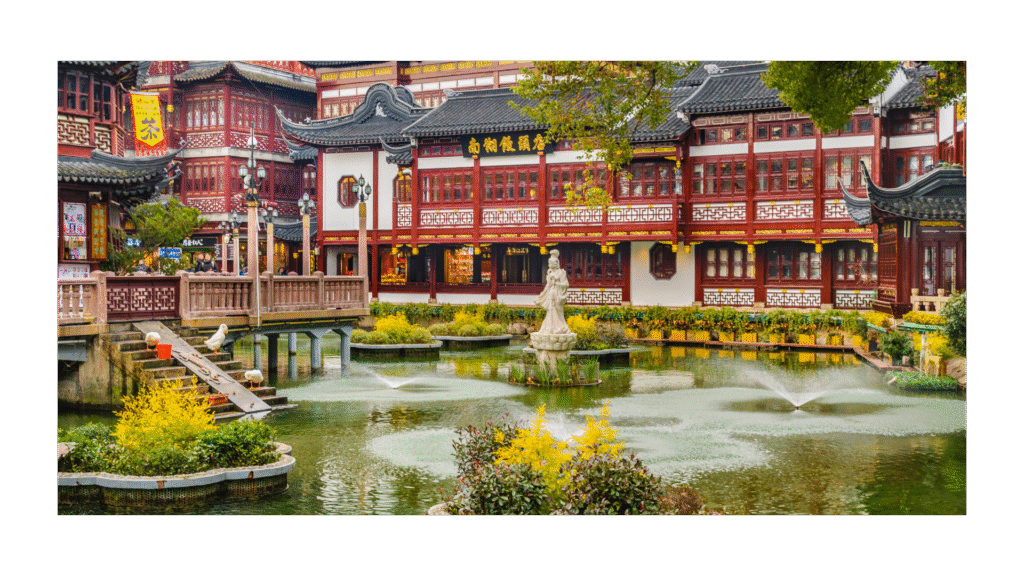
Xi’an was a history lover’s dream. The Terracotta Army was even more impressive in person than I had imagined. Seeing thousands of life-sized warriors standing in silent formation, each with unique facial expressions gave one the chills. I tried to picture the artisans painstakingly sculpting each one more than 2,000 years ago- an incredible feat of craftsmanship and devotion. Renting a bike I rode along the ancient city wall, one of the best preserved in China. The mix of old and new, with the city stretching out on either side, made for a surreal experience.
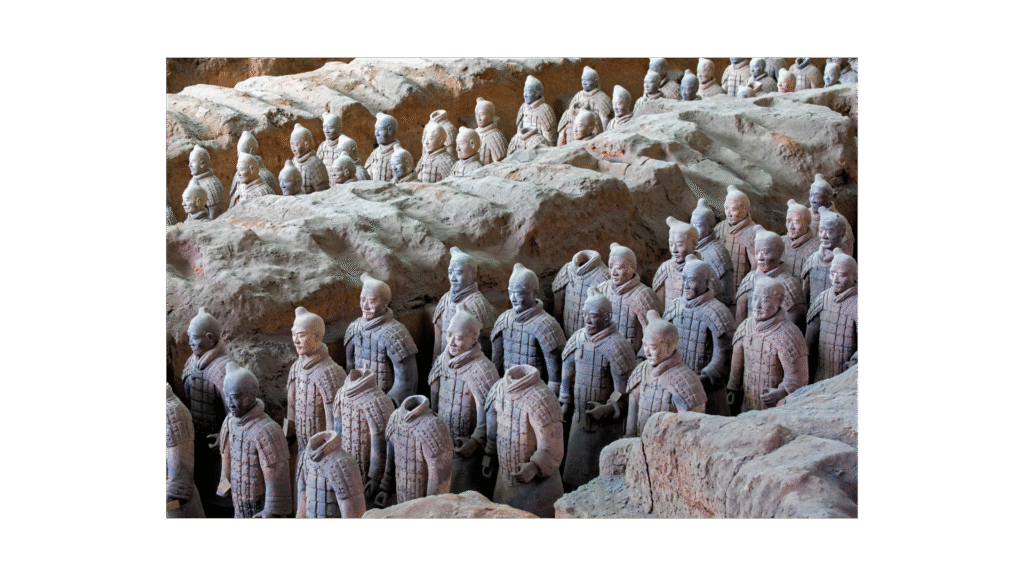
After the big cities, I wanted to see natural surroundings and there’s no better place than Guilin. Cruising down the Li River was like drifting through a traditional Chinese painting. Misty Karst Mountains towered over the water, their reflections creating a dreamlike effect. As we passed by fishermen on bamboo rafts, one couldn’t help but think this was one of the most beautiful places, I’d ever seen, unaffected by the rapid change in other areas.

Yangshuo, a small town nearby, was equally charming. Renting a bike I rode through rice fields, waving at friendly locals. The slower pace was a welcome change, giving time to a visitor to soak it all in.
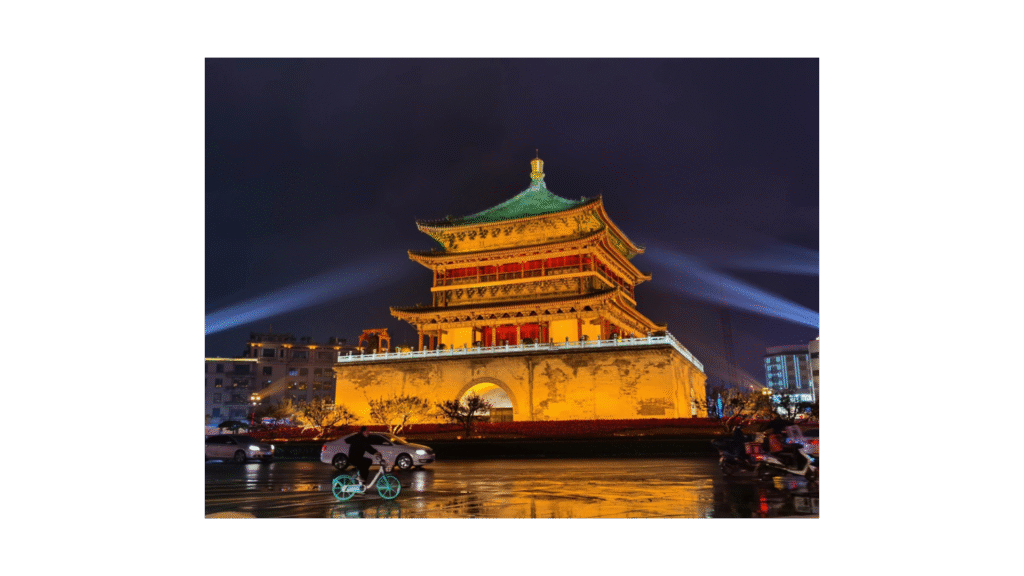
Chengdu was all about two things: pandas and spicy food. At the Giant Panda Breeding Research Base, I watched these adorable creatures laze around, munching on bamboo with zero urgency. It was impossible not to fall in love do with these gentle creatures.

Then came the Sichuan cuisine— bold, spicy and addictive. Braving a traditional hot pot experience, I dipped meats and vegetables into a bubbling, chili-filled broth. My mouth was on fire, but I couldn’t stop eating.
As my trip came to an end, I reflected on everything I had seen and experienced. China was more than just its famous landmarks—it was the warmth of the people, the flavours of the food, and the stories embedded in every ancient alley and modern skyscraper. This journey wasn’t just about places; it was about moments, feelings, and memories that would stay with me forever.
Travel
Discovering Indonesia: A Personal Journey Through Islands and Culture

By Ayman Munaf
Traveling has always been more than just sightseeing for me. It’s a way to connect, to understand and to find the heartbeat of a place. And Indonesia, this vast, island-studded country was calling me for an adventure. From the bustling cities to serene temples, sun-soaked beaches to ancient jungles, every corner seemed to whisper a story waiting to be heard. Here’s my journey through this magical land, one that left me with memories and lessons I’ll carry for a lifetime.
Jakarta
Touching down in Jakarta was like diving into a kaleidoscope of colours, sounds, and smells. This wasn’t just a normal city; it was an experience. As I wandered through Kota Tua, the Old Town, the colonial architecture stood as a reminder of the past era, contrasting sharply with the modern skyscrapers and lively street vendors around it. The National Monument (Monas) towered above the cityscape, offering a panoramic view that seemed to sum up Jakarta’s dynamic spirit.
Yogyakarta
After Jakarta’s energy, Yogyakarta known as Java’s cultural capital felt like stepping back in time. My journey here was all about exploring the city’s ancient temples, each carrying stories of devotion and craftsmanship. Standing before Borobudur, the largest Buddhist temple in the world, as the sunrise cast its golden glow over the stone stupas, was a mesmerizing experience. But Yogyakarta had more to offer. Prambanan, a Hindu temple complex dedicated to Brahma, Vishnu, and Shiva, was astonishing. The detailed carvings, each with a tale of gods and goddesses, spoke volumes about Indonesia’s rich culture.
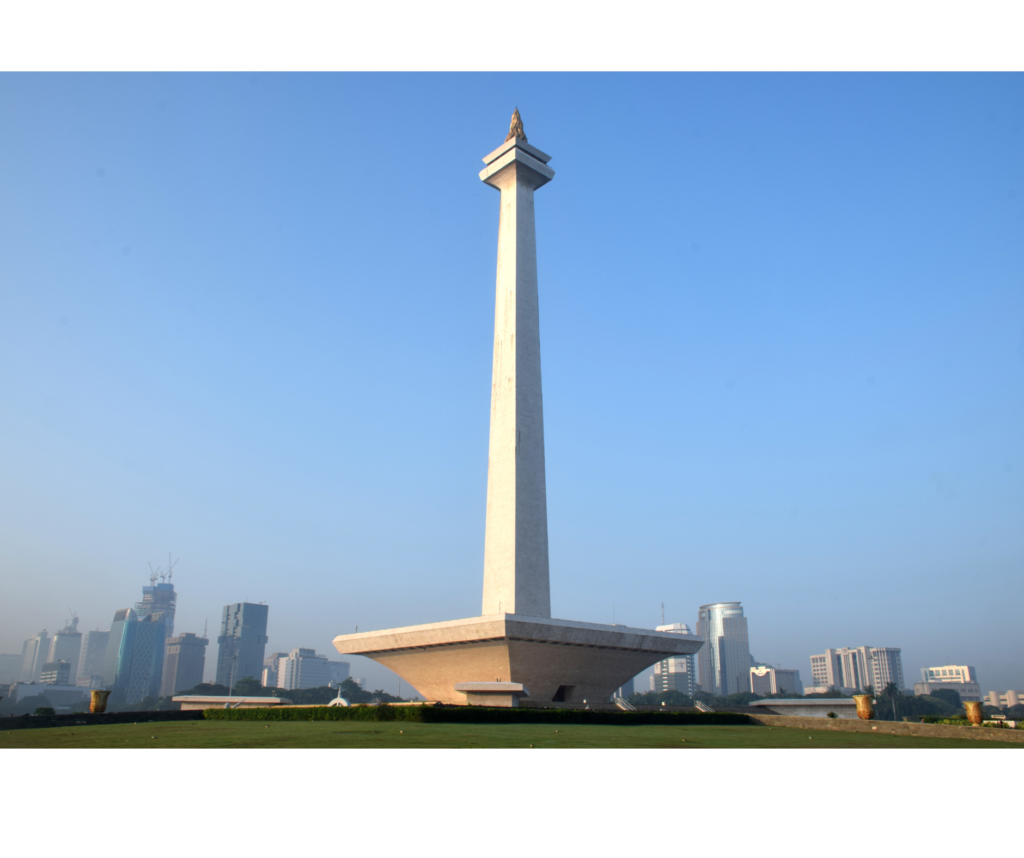
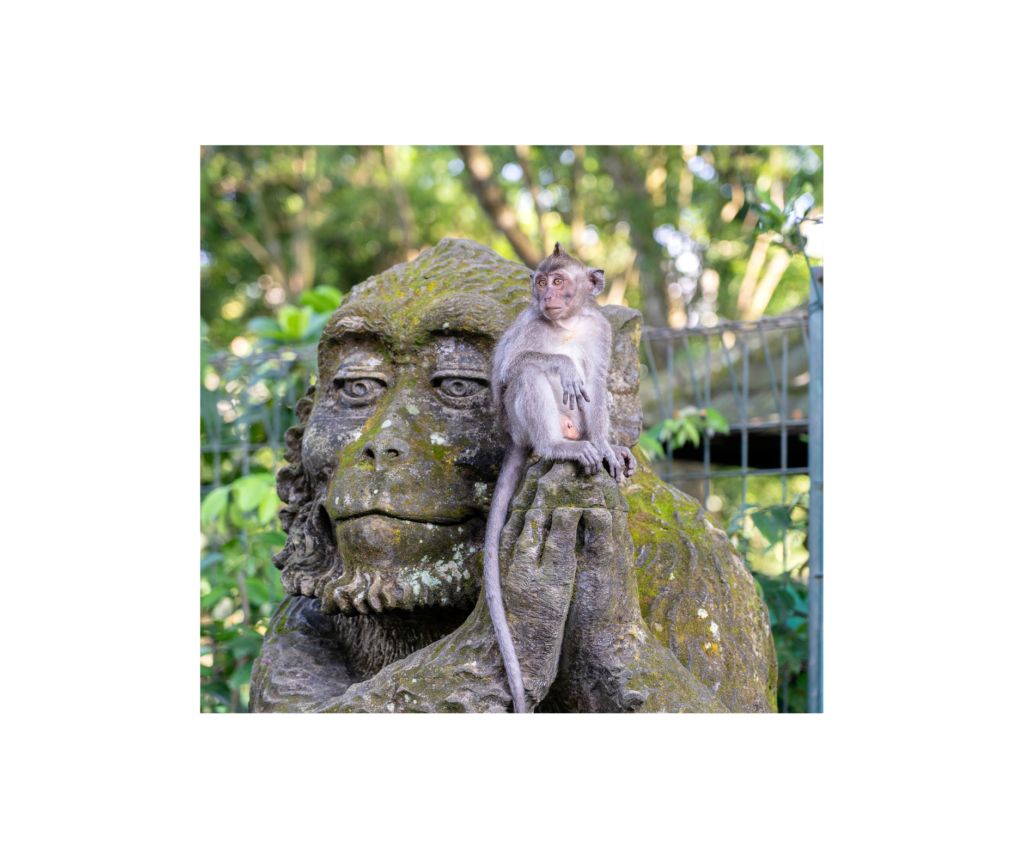
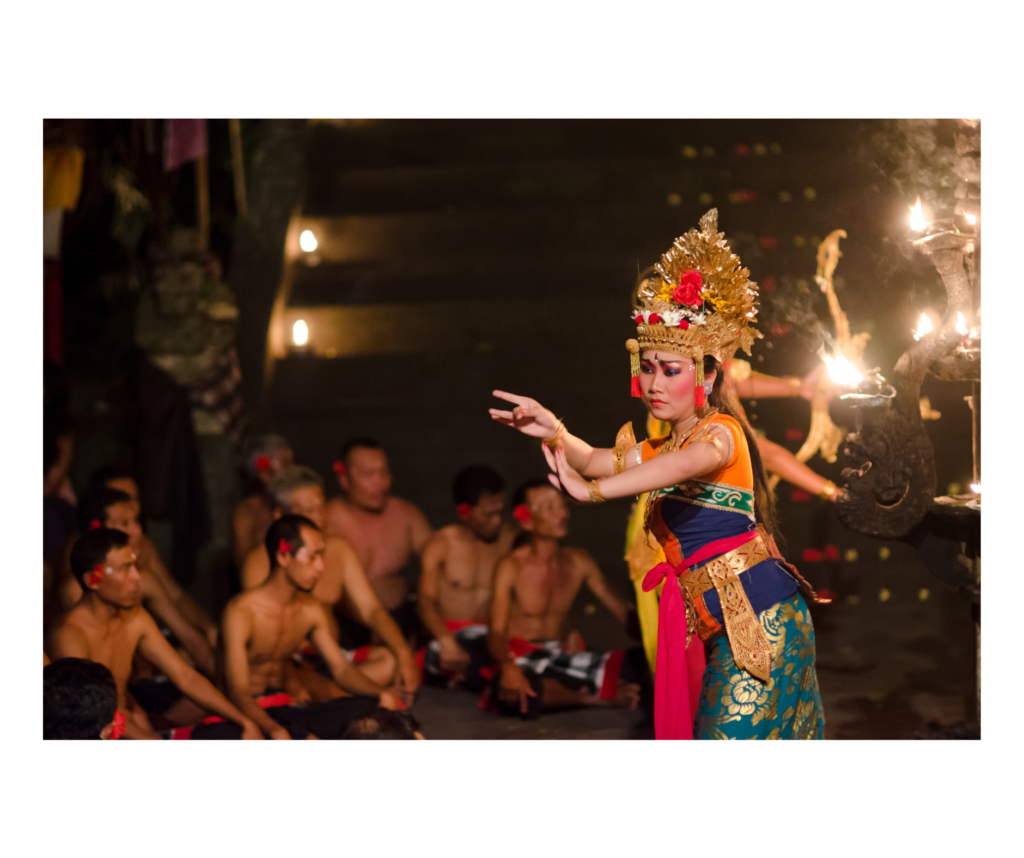
Bali
After days of touring the temple and exploring the city, Bali was a welcome change, a place where time seemed to slow down. I spent my days wandering through Ubud’s Tegalalang Rice Terrace, a stunning green landscape sculpted by generations of farmers. Walking through the fields, I could hear the soft rustling of leaves and the distant hum of nature, a symphony of peace.
Visiting the Sacred Monkey Forest Sanctuary, where monkeys roamed freely there was something magical about watching them in a place that felt almost sacred. Uluwatu Temple is perched high on a cliff with waves crashing against the rocks below. As the sun set, I watched a traditional Kecak dance, the dancers’ rhythmic chanting echoed through adding an enchanting end to the day.
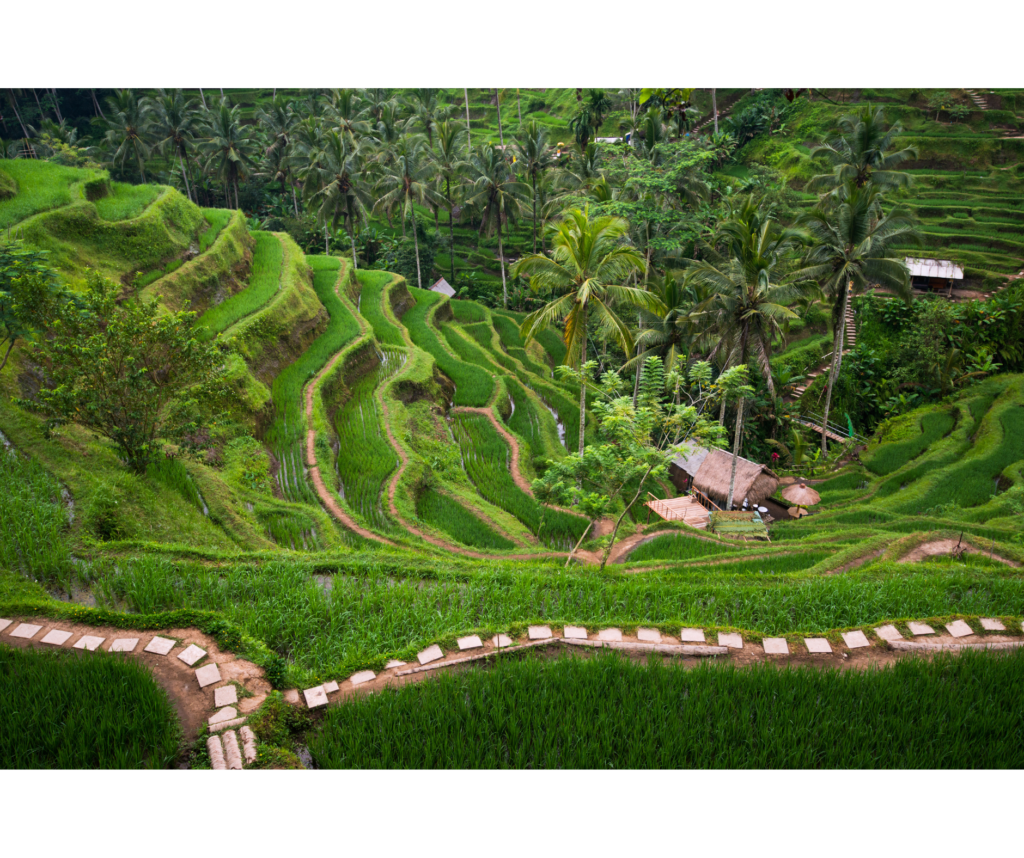

My last stop was Komodo Island, a place known not just for its beauty but for its remarkable inhabitants: the Komodo dragons. Walking on the island felt like stepping into a prehistoric world. Guided by a park ranger, I trailed behind him through the savannas and there I saw a Komodo dragon sunbathing by a tree. This creature is so ancient, it seemed like another era. The experience was thrilling, humbling, and a little nerve wracking. This wasn’t a zoo; it was their territory, and I was just a guest.

Pink Beach
Equally stunning were the beaches surrounding the island, especially the enchanting Pink Beach. Pink Beach truly lives up to its name, with soft sand tinted with a delicate pink presence of microscopic red organisms mixed with white sand. Swimming in the crystal clear waters here felt surreal, like stepping into a dream. I’ll treasure that memory as one of the highlights of my journey, a vivid reminder of the unique and diverse landscapes Indonesia has to offer.
-
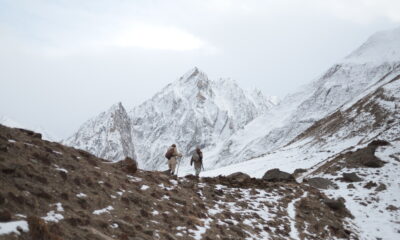
 Entertainment2 months ago
Entertainment2 months agoHundan: Touching the Core of Humanity
-

 Business3 months ago
Business3 months agoZafar Masud: A Journey of Survival, Leadership and Purpose in Life
-

 Cover story3 months ago
Cover story3 months agoKinza Hashmi: Tapping Emotional Depth
-
Bright Side3 months ago
The Bright Side
-

 Business3 months ago
Business3 months agoA Roadmap to Pakistan’s Economic Revival
-

 Travel3 months ago
Travel3 months agoRevisiting Karachi’s Interesting Places
-
Ramp Act3 months ago
Ramp Act
-
In Tune2 months ago
Faakhir Mehmood – Music Embedded in the Soul




